John Newman, B S Choo0750651032, 9780750651035
Table of contents :
Front Cover……Page 1
Advanced Concrete Technology: Processes……Page 4
Copyright Page……Page 5
Contents……Page 6
Preface……Page 24
List of contributors……Page 26
Part 1: Mix design……Page 30
1.1 Introduction……Page 32
1.2 Initial laboratory tests of concrete……Page 38
1.3 Comprehensive mix design of ready-mixed concrete based on laboratory trials……Page 41
1.4 Comprehensive mix design of concrete based on materials properties……Page 46
1.5 MixSim – a computerized comprehensive method of mix design……Page 51
1.6 Special concretes……Page 59
1.7 Simplified mix design methods……Page 60
1.8 Ready-to-use mix designs……Page 66
1.9 Summary……Page 67
References……Page 68
Further reading……Page 69
Part 2: Special concretes……Page 70
2.1 Introduction……Page 72
2.2 No-fines concrete (NFC)……Page 73
2.3 Aerated and foamed concrete……Page 76
2.4 Lightweight aggregate concrete……Page 78
References……Page 94
3.2 Introduction……Page 100
3.3 Materials technology of HSC……Page 101
3.4 Materials selection and mix design……Page 103
3.5 Properties of HSC……Page 106
3.6 Production and use of HSC……Page 109
3.7 Examples of use of HSC……Page 111
References……Page 113
Further reading……Page 115
4.2 Calcium aluminate cement (CAC) versus Portland cement (PC)……Page 116
4.3 Refractory limits of calcium aluminate cements……Page 117
4.5 Heat-resistant concretes……Page 119
4.6 Insulating concretes……Page 121
4.8 High-temperature refractory concrete……Page 122
4.9 Low- and ultra-low cement castables……Page 123
4.11 Installation of heat-resisting and refractory concretes……Page 124
4.12 Applications……Page 127
References……Page 128
5.2 Introduction……Page 130
5.3 Uses and applications……Page 131
5.5 Aggregates……Page 133
5.6 Mix design……Page 137
5.7 Production, transporting and placing……Page 138
5.8 Concrete properties……Page 140
5.10 Quality management……Page 141
References……Page 143
6.1 Introduction……Page 146
6.4 Theoretical stress–strain curves in uniaxial tension……Page 147
6.5 Principles of fibre reinforcement in flexure……Page 151
6.7 Mix design and composite manufacture……Page 154
6.8 Properties……Page 156
6.9 Testing……Page 157
6.10 Applications……Page 158
6.11 Polypropylene fibre-reinforced concrete……Page 159
6.13 Properties of fresh concrete……Page 160
6.15 Applications……Page 161
Further reading……Page 162
7.2 Historical background……Page 164
7.3 The requirements of mortar……Page 165
7.4 Properties of mortar……Page 168
7.5 Constituents of mortar……Page 171
7.6 Mortar standards and application documents……Page 180
7.7 Mortar mix design……Page 181
7.8 Basic masonry design for durability……Page 182
7.9 Site problems……Page 183
References……Page 185
8.2 BRE Digest 433 and the properties of recycled aggregate……Page 188
8.3 Methods of recycling and quality……Page 192
8.4 Recipe and performance specifications……Page 193
8.5 Applications – demonstration projects……Page 194
References……Page 199
Further reading……Page 200
9.1 Introduction……Page 202
9.2 Materials……Page 203
9.3 Mix design……Page 207
9.4 Plastic concrete……Page 212
9.5 Hardened concrete……Page 215
9.7 Placement……Page 216
9.9 Surface finish……Page 217
9.10 Mix design optimization – moving SCC to mainstream construction……Page 219
9.11 SCC applications……Page 220
References……Page 221
Further reading……Page 223
Part 3: Special processes and technology for particular types of structure……Page 226
10.2 History……Page 228
10.3 Definition of sprayed concrete……Page 229
10.4 The wet process……Page 230
10.5 Dry process……Page 231
10.6 Constituent materials……Page 233
10.7 Spraying procedures……Page 235
10.8 Quality assurance……Page 236
10.9 Quality control……Page 237
10.10 Applications of sprayed concrete……Page 239
Further reading……Page 243
11.2 Conventional methods of placing……Page 244
11.3 Concrete properties……Page 250
11.4 Non-dispersible concrete……Page 252
11.6 Reinforcement……Page 254
Further reading……Page 255
12.1 Introduction……Page 256
12.3 The void to be grouted……Page 257
12.5 Cement grouts……Page 258
12.6 Cementitious grout testing concepts……Page 262
12.7 Grout properties……Page 265
12.8 Grout injection……Page 280
12.9 Volume change……Page 284
12.10 The hardened state of cementitious grouts……Page 287
12.12 Chemical grout systems – materials issues……Page 288
12.13 Volume change in chemical grouts……Page 292
12.14 The hardened state for chemical grouts……Page 294
12.15 Chemical and geotechnical grout materials……Page 297
References……Page 300
13.1 Introduction……Page 304
13.2 The designer’s role……Page 306
13.3 Planning……Page 316
13.4 Concrete mix design……Page 322
13.5 Construction of large-volume pours……Page 336
13.6 Review……Page 347
References……Page 348
14.1 Vertical slipforming……Page 352
14.2 Design of the slipform……Page 357
14.3 Concrete mix……Page 358
14.4 Horizontal slipforming……Page 372
15.1 Liquids……Page 376
15.2 Suspensions……Page 377
15.3 Rheology……Page 379
15.4 Pressure gradients……Page 381
15.5 Types of concrete pump……Page 382
15.6 Requirements of a concrete for pumping……Page 388
15.7 Effects of aggregates, cement and admixtures on the pumpability of concrete……Page 392
15.8 Modifications to the concrete mix design to ensure pumpability……Page 397
15.9 Void content of aggregate and procedures for measuring void content in combined aggregate grading……Page 398
15.10 Suitable combinations of aggregates for pumpable concrete……Page 401
15.11 Recognizing pumpable concrete……Page 404
15.12 Pressure bleed test apparatus……Page 405
15.13 Conclusion……Page 406
References……Page 407
16.1 Introduction……Page 410
16.2 Permeability and durability……Page 411
16.3 Constituent materials……Page 412
16.4 Cracking and autogenous healing……Page 414
16.5 Cracking due to temperature and moisture effects……Page 416
16.6 Workmanship……Page 425
References……Page 426
17.1 Introduction……Page 428
17.2 Reasons for use……Page 429
17.3 Materials for surface coating/treatment……Page 433
17.4 Surface preparation and application……Page 436
Further reading……Page 441
Part 4: Readymixed concrete……Page 442
18.1 Development of readymixed concrete……Page 444
18.2 Effects of transportation on concrete properties……Page 445
18.3 Production methods……Page 448
References……Page 455
Part 5: Exposed concrete finishes……Page 456
19.2 The inevitability of weathering……Page 458
19.4 Weathering on old buildings……Page 460
19.5 The weathering system……Page 462
19.6 Characteristics of concrete……Page 463
19.7 External factors……Page 468
19.8 The visible effects of weathering……Page 475
19.9 Control of weathering……Page 480
References……Page 486
Part 6: Formwork……Page 488
20.2 Definitions……Page 490
20.3 Formwork……Page 491
20.4 Falsework……Page 505
20.5 Striking formwork and falsework……Page 510
References……Page 513
Part 7: Precast concrete……Page 516
21.1 Summary……Page 518
21.3 The advantages to be achieved by employing precast concrete……Page 519
21.4 Principles of precasting……Page 522
21.5 Moulds for precast concrete……Page 529
21.6 Casting techniques……Page 530
21.7 Curing……Page 536
21.8 Testing and controls……Page 537
21.9 Frame components……Page 538
21.10 Cladding……Page 542
21.12 Double-tee beams……Page 548
21.14 Piles……Page 549
21.16 Structural elements for groundwork and support……Page 550
21.17 Erection at site……Page 552
21.18 Segmental casting……Page 553
21.19 Troubleshooting precast concrete……Page 554
21.20 Conclusions……Page 559
Case studies……Page 560
References……Page 561
Part 8: Concrete roads……Page 562
22.1 Introduction……Page 564
22.2 Typical concrete pavement types……Page 565
22.3 Manner of pavement failure……Page 571
22.4 Design methods……Page 574
22.5 Joint design and detailing……Page 577
22.6 Materials and concrete properties……Page 580
22.7 Construction methods……Page 583
22.8 Maintenance issues and repair of pavements……Page 584
22.9 New techniques……Page 586
Reference……Page 587
23.1 Introduction……Page 588
23.2 Methods of specifying CBM……Page 591
References……Page 599
Part 9: Industrial floors……Page 600
24.1 Introduction……Page 602
24.2 Concrete for industrial floors……Page 603
24.3 Production issues: consistency……Page 611
24.4 Floor construction……Page 613
24.5 Design and loading……Page 616
24.7 Floor specification……Page 629
24.8 Defect identification and remedial measures……Page 633
Part 10 Reinforced and prestressed concrete……Page 638
25.1 Objectives……Page 640
25.2 Principles of limit state design……Page 641
25.3 Structural elements……Page 643
25.4 Design values……Page 644
25.6 Behaviour of reinforced concrete beams……Page 647
25.7 Behaviour of prestressed concrete beams……Page 651
References……Page 653
Part 11: Alternative reinforcement for concrete……Page 656
26.1 Aims and objectives……Page 658
26.2 Other types of reinforcement……Page 659
26.3 General introduction to fibre composites……Page 663
26.4 FRP internal reinforcement……Page 666
26.5 FRP prestressing strand……Page 671
26.6 Summary……Page 674
References……Page 675
Further reading……Page 676
Index……Page 678
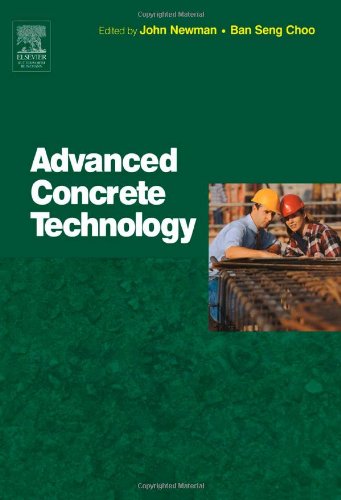

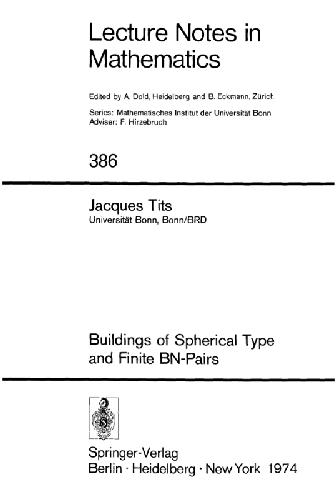
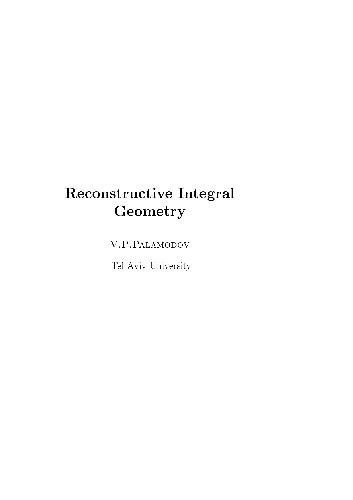

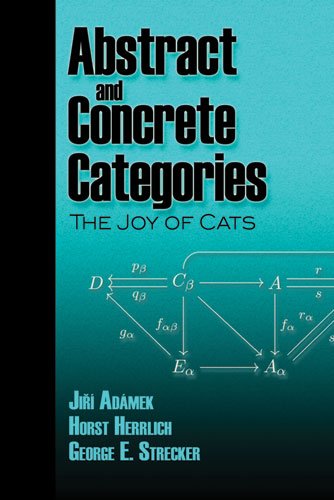
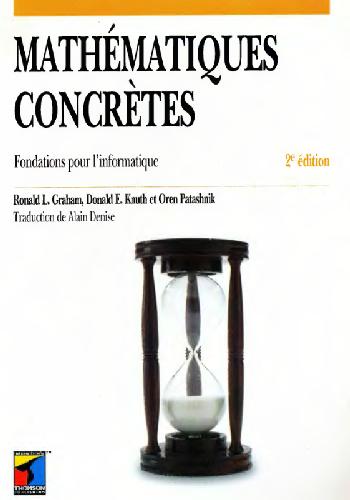
Reviews
There are no reviews yet.